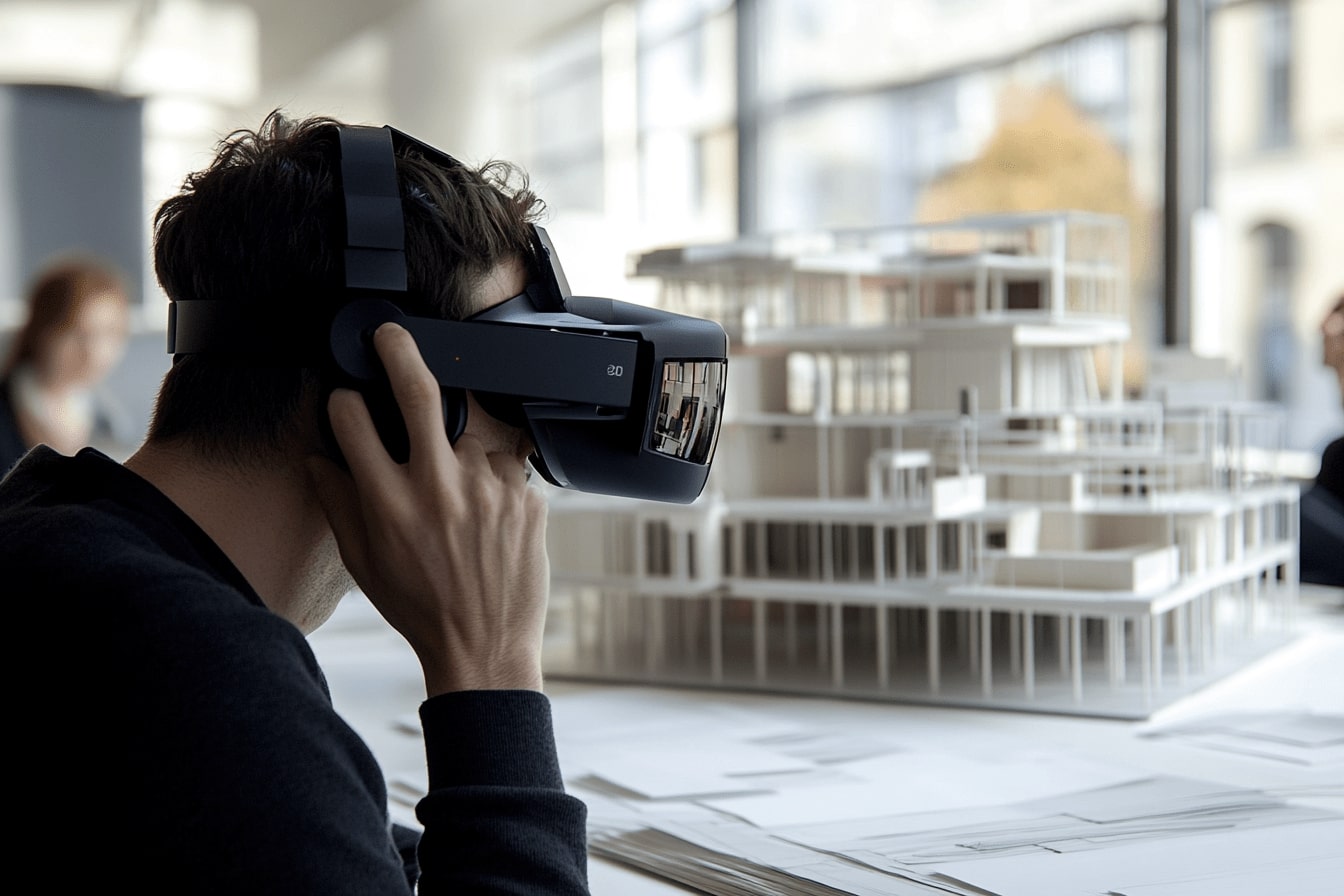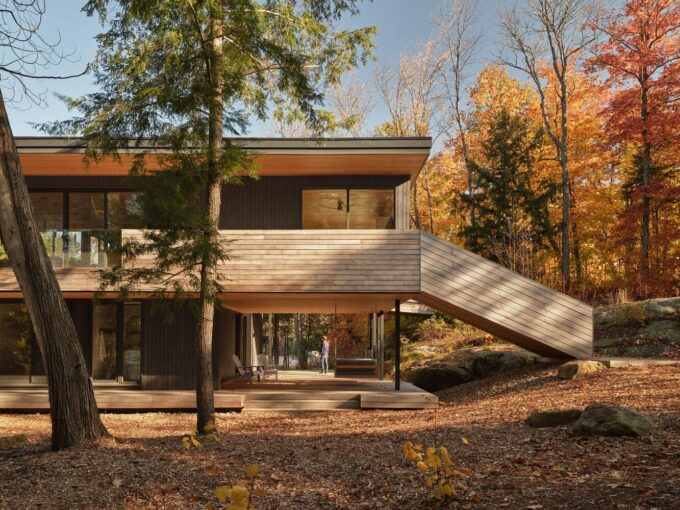- Home
- Articles
- Architectural Portfolio
- Architectral Presentation
- Inspirational Stories
- Architecture News
- Visualization
- BIM Industry
- Facade Design
- Parametric Design
- Career
- Landscape Architecture
- Construction
- Artificial Intelligence
- Sketching
- Design Softwares
- Diagrams
- Writing
- Architectural Tips
- Sustainability
- Courses
- Concept
- Technology
- History & Heritage
- Future of Architecture
- Guides & How-To
- Art & Culture
- Projects
- Interior Design
- Competitions
- Jobs
- Store
- Tools
- More
- Home
- Articles
- Architectural Portfolio
- Architectral Presentation
- Inspirational Stories
- Architecture News
- Visualization
- BIM Industry
- Facade Design
- Parametric Design
- Career
- Landscape Architecture
- Construction
- Artificial Intelligence
- Sketching
- Design Softwares
- Diagrams
- Writing
- Architectural Tips
- Sustainability
- Courses
- Concept
- Technology
- History & Heritage
- Future of Architecture
- Guides & How-To
- Art & Culture
- Projects
- Interior Design
- Competitions
- Jobs
- Store
- Tools
- More
Top 10 Must-Have Tech Gadgets for Architecture Students to Boost Creativity and Efficiency
Discover the top 10 essential tech gadgets every architecture student needs to boost creativity and efficiency. From high-performance laptops to VR headsets and 3D printers, find out how these tools can transform design work and enhance productivity, ensuring you meet both academic and professional demands with ease.

Architecture students face unique challenges, from intricate design projects to demanding deadlines. To navigate this complex landscape, the right tech gadgets can make all the difference. Whether it’s boosting productivity or enhancing creativity, having the right tools at our fingertips can transform how we work and learn.
In this article, we’ll explore the top 10 must-have tech gadgets that every architecture student should consider. These gadgets aren’t just cool—they’re essential for anyone serious about excelling in the field of architecture. Let’s dive in and discover the tools that can help us bring our architectural visions to life.

Table of Contents
TogglePortable Laptop
A portable laptop is essential for architecture students who need to work on-the-go. It’s vital for rendering, drafting, and 3D modeling.
Key Features
Powerful Processor
A strong processor ensures smooth performance when running RAM-intensive software like AutoCAD, Revit, and SketchUp. Look for Intel i7 or AMD Ryzen 7.
High-Resolution Display
A high-resolution display, preferably 1920×1080 or higher, offers clear details for intricate design work. IPS panels provide better color accuracy and viewing angles.
Ample RAM
At least 16GB of RAM is adequate for multitasking and handling large files. This prevents lag when using multiple applications.
Dedicated Graphics Card
A dedicated GPU, such as NVIDIA GeForce GTX or RTX series, handles graphic rendering tasks effectively. This is crucial for 3D modeling and virtual walkthroughs.
SSD Storage
Solid-state drives (SSD) offer faster load times and data access speeds. A minimum of 512GB storage is recommended to store large projects and software.
Portability
Lightweight laptops under 5 pounds with long battery life, around 8-12 hours, ensure ease of transport and uninterrupted work sessions.

Top Picks
Apple MacBook Pro
Known for its Retina display, powerful M1 chip, and long battery life, the MacBook Pro is a favorite among creative professionals.
Dell XPS 15
Features a 15.6-inch 4K OLED display, 10th Gen Intel i7 processor, and NVIDIA GTX 1650 Ti GPU. Offers excellent performance and visuals.
Microsoft Surface Book 3
Combines portability with power, boasting a detachable screen, Intel i7 processor, and NVIDIA GTX 1660 Ti GPU. Ideal for versatile use both stationary and mobile.
HP ZBook Studio G8
Designed for creators, features include a 4K display, Intel Xeon processor, and NVIDIA Quadro RTX 5000 GPU. Engineered for heavy-duty tasks.
Asus ROG Zephyrus G14
Balances performance and portability with an AMD Ryzen 9 processor and NVIDIA RTX 2060 GPU. Weighs under 4 pounds, making it highly portable.
Graphics Tablet
A graphics tablet is essential for architecture students to sketch, draft, and edit designs efficiently. This tool bridges the gap between traditional drawing techniques and digital precision.
Benefits for Architecture Students
Graphics tablets offer precision and control, making detailed designs easier. These devices support various software used in architecture, such as AutoCAD, Rhino, SketchUp, and Adobe Creative Suite, enhancing versatility. Pressure sensitivity allows for nuanced strokes, replicating the feel of traditional tools. The tablets improve workflow by enabling seamless transitions from rough sketches to refined drawings. Graphics tablets also alleviate repetitive strain injuries associated with extended mouse and keyboard use.
Recommended Models
Several models cater specifically to architecture students’ needs.
- Wacom Intuos Pro: Known for its exceptional pressure sensitivity and customizable express keys.
- XP-Pen Deco Pro: Offers a wide working area and is budget-friendly.
- Huion Kamvas Pro 16: Features a full-laminated screen that reduces parallax and boasts excellent color accuracy.
- Apple iPad Pro with Apple Pencil: Combines portability with powerful performance and supports a wide range of design apps.
- Microsoft Surface Pro with Surface Pen: Provides the versatility of a tablet and laptop in one device.
Choosing the right graphics tablet can enhance an architecture student’s efficiency and creativity, allowing them to execute projects with precision and ease.

3D Printer
3D printers have revolutionized how architecture students create physical models. These devices enable students to produce detailed, accurate representations of their designs, fostering better understanding and presentation.
Usage in Architecture
3D printers assist in producing precise architectural models. They allow students to visualize spatial relationships and structural details better, which can be challenging with traditional techniques. Models created through 3D printing often include intricate details like facades and interiors, helping in presenting comprehensive designs to professors and clients. When students need to test new concepts, these printers provide rapid prototyping, reducing turnaround time significantly.
Best Models
Certain models stand out for architecture students. The Ultimaker S3 offers reliable performance and excellent print quality, ideal for detailed architectural projects. The Prusa i3 MK3S combines affordability with high precision, making it a great choice for students on a budget. The Formlabs Form 3 provides advanced resin printing capabilities, resulting in smoother surfaces and finer details, which is beneficial for producing professional-quality models. Lastly, the Anycubic Photon Mono X excels in flexibility, allowing it to handle different materials and produce versatile designs. These models enhance our capacity to create precise, intricate architectural models, assisting in academic and professional projects alike.
VR Headset
VR headsets enable architecture students to immerse themselves in their designs. These devices enhance spatial understanding and give a real-world perspective to architectural concepts.
Enhancing Design Visualization
VR headsets revolutionize how students visualize designs. They offer an immersive experience that traditional 2D drawings or models can’t match. By exploring structures in a virtual environment, students can identify design flaws and make real-time adjustments. This immersive approach not only improves comprehension of spatial relationships but also aids in presenting design ideas more effectively.
Suggested Brands
Several VR headsets cater to the specific needs of architecture students:
- Oculus Rift S – Known for its high resolution and accurate motion tracking, making it ideal for detailed architectural walkthroughs.
- HTC Vive Pro – Offers a wide field of view and precise spatial audio, enhancing the immersive experience.
- Microsoft HoloLens 2 – Combines VR and augmented reality for drawing overlays directly onto physical models.
These devices provide tools that enhance both the educational and professional aspects of architectural design.

Laser Distance Measure
Laser distance measures offer precision and efficiency in capturing measurements. Architecture students find these essential for accurate floor plans and site assessments.
Practical Applications
Laser distance measures simplify the process of obtaining precise dimensions. They speed up tasks like measuring room sizes, ceiling heights, and outdoor spaces. Using laser distance measures allows students to quickly capture accurate data for creating detailed plans and 3D models. This precision reduces errors and saves time compared to manual methods.
Top Choices
Several brands stand out for their reliability and features:
- Bosch GLM 50 C: This device provides accurate measurements up to 165 feet. It features Bluetooth connectivity, allowing data transfer to design apps.
- Leica DISTO D2: Offering measurements up to 330 feet, the Leica DISTO D2 supports Bluetooth Smart to seamlessly share data with mobile devices.
- DEWALT DW03050: Known for its rugged design, this model measures up to 165 feet. It includes a memory unit that stores the last five measurements.
These models combine accuracy, ease of use, and advanced features, making them ideal for architecture students.
Portable Projector
Portable projectors play a crucial role for architecture students, offering versatile solutions for presentations and collaborative work sessions.
Importance for Presentations
Portable projectors help architecture students present their designs clearly. They project large, detailed images, enabling a better understanding of intricate details. Whether presenting to peers or professors, the ability to display detailed plans enhances communication. These devices also support collaborative brainstorming sessions by projecting digital sketches, blueprints, and renderings.
- Anker Nebula Capsule II: This mini projector offers 200 ANSI lumens, 720p resolution, and Android TV. It provides up to 3 hours of battery life.
- ViewSonic M1 Mini Plus: A compact option with 120 LED lumens and WVGA resolution, featuring built-in Wi-Fi and Bluetooth for easy connectivity.
- LG PF50KA: This model offers Full HD resolution, 600 lumens, and a smart TV interface. Its compact design is ideal for on-the-go presentations.
- Epson EF-100: A powerful option with 2000 lumens and 3LCD technology. Suitable for well-lit rooms and larger audiences.
These portable projectors help architecture students enhance their presentations, ensuring clarity and engagement.

High-Resolution Camera
High-resolution cameras are crucial for capturing detailed images of designs and references. They help architecture students document their work with precision, aiding both in presentations and design reviews.
Capturing Designs and References
High-resolution cameras capture intricate details of architectural models, sketches, and physical structures. These cameras enable students to keep an accurate visual record of their work, enhancing their portfolios with high-quality images. Capturing references from real-world environments becomes easy, making detailed studies and inspiration gathering more effective.
Best Models
Several high-resolution cameras stand out for architecture students:
- Canon EOS Rebel T7i: Offers a 24.2 MP sensor and fast autofocus. It’s ideal for capturing fine details.
- Nikon D7500: Features a 20.9 MP sensor and excellent low-light performance. It’s perfect for indoor shoots.
- Sony Alpha a6400: Provides a 24.2 MP sensor with advanced tracking capabilities. Great for dynamic shooting.
These models help students ensure their visual references and documentation remain sharp and detailed, crucial for their academic and professional growth.

Ergonomic Mouse
Ergonomic mice are essential for architecture students. These devices help reduce strain during extended design sessions, improving productivity and comfort.
Benefits for Long Hours of Work
Ergonomic mice support natural hand positions, reducing fatigue and discomfort over prolonged use. High-precision sensors enhance accuracy, enabling precise movements needed in design software. Additionally, customizable buttons speed up workflow by assigning frequently used commands.
- Logitech MX Master 3: Offers customizability and ergonomic design.
- Anker Vertical Ergonomic: Vertical shape minimizes wrist strain.
- Razer DeathAdder Elite: Combines ergonomic design with high sensitivity.
- Microsoft Sculpt Ergonomic Mouse: Features a comfortable thumb scoop for better grip.
- Kensington Expert Mouse: Trackball design reduces repetitive wrist movement.
Choosing the right ergonomic mouse can significantly enhance the efficiency of architecture students, contributing to their overall academic success.
illustrarch is your daily dose of architecture. Leading community designed for all lovers of illustration and #drawing.
Submit your architectural projects
Follow these steps for submission your project. Submission FormLatest Posts
The Ultimate Guide to Fencing in North Dakota: Choosing the Best Fence for Your Property
Watching a chain link fence twist in 70 mph winds near Minot...
Gaudí: Where Architecture Meets Science
Gaudí: Where Architecture Meets Science shows catenary arches, ruled surfaces, and biomimicry...
How Housing Market Forces Shape Architectural Design Today
Architecture never exists in isolation. Buildings rise from a mix of ambition,...
Why Portable Formaldehyde Gas Detectors Matter on Construction Sites
As construction practices shift toward more enclosed and material-intensive environments, the risk...












Leave a comment